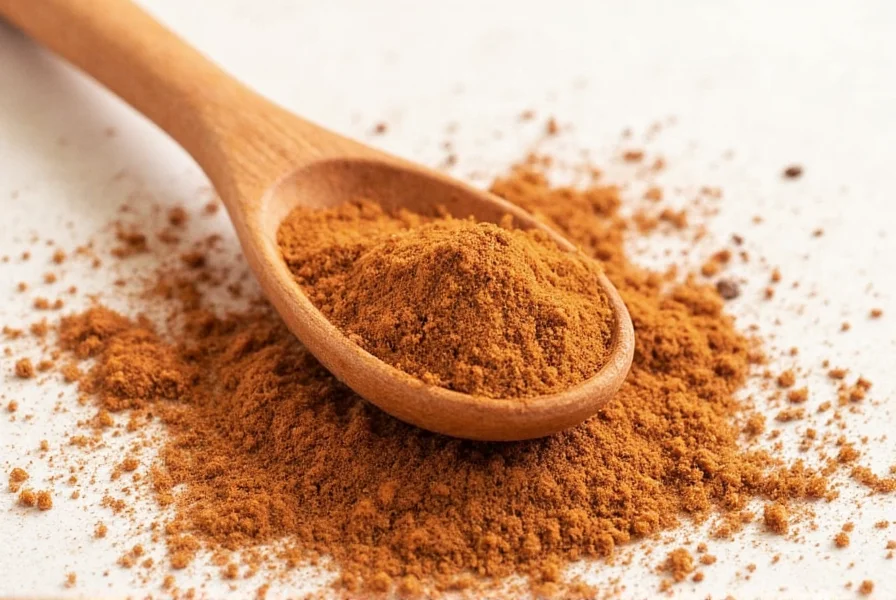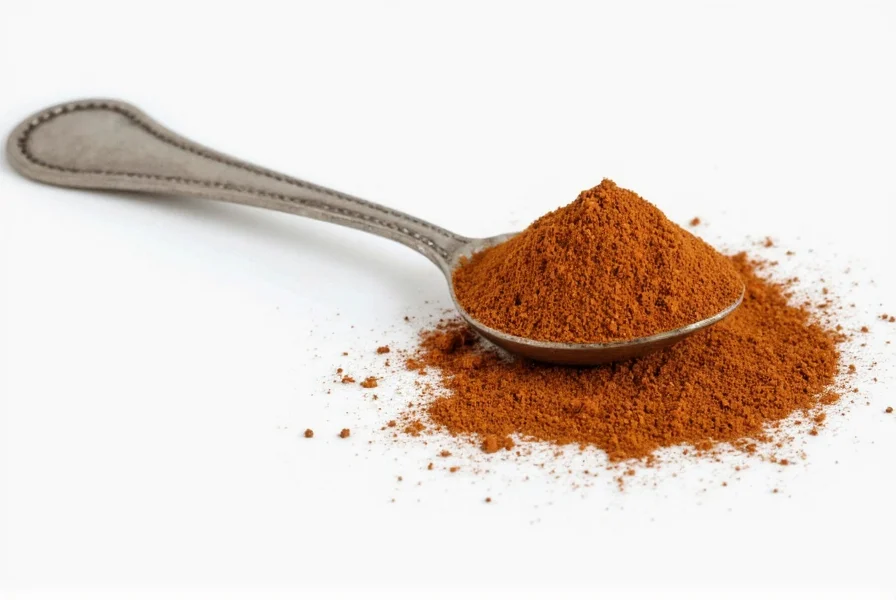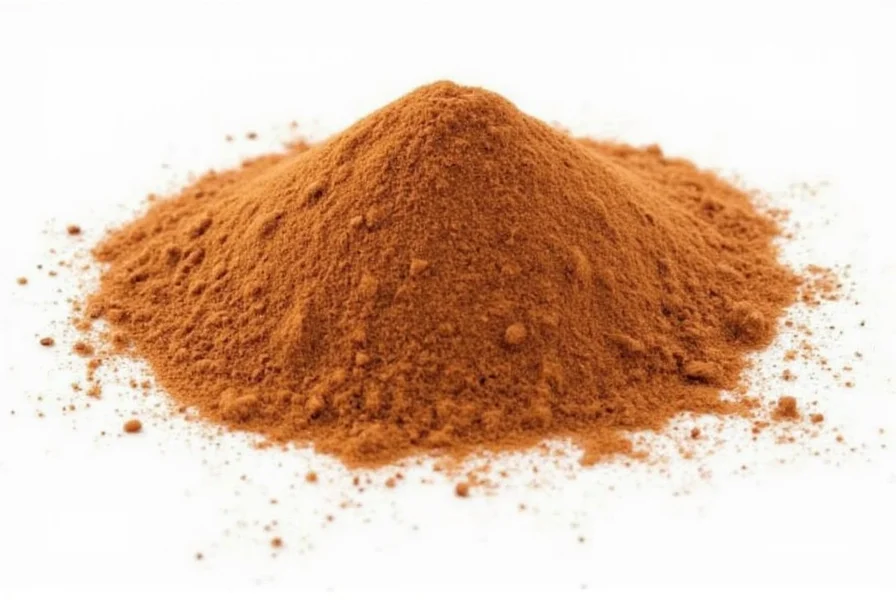Cinnamon's minimal caloric content makes it an excellent choice for flavoring foods without significantly increasing calorie counts. Understanding the precise nutritional value helps health-conscious individuals make informed dietary choices while enjoying this popular spice.
Nutritional Profile of Cinnamon per Standard Serving
While calories are the primary concern for many searching this topic, cinnamon offers additional nutritional components worth noting. The following table details the complete nutritional information for common cinnamon serving sizes:
| Serving Size | Calories | Carbohydrates (g) | Fiber (g) | Sugar (g) | Protein (g) | Fat (g) |
|---|---|---|---|---|---|---|
| 1 teaspoon (2.6g) | 6 | 2.1 | 1.7 | 0.1 | 0.1 | 0.0 |
| 1 tablespoon (7.8g) | 18 | 6.3 | 5.1 | 0.3 | 0.3 | 0.1 |
| 10 grams | 23 | 8.1 | 6.5 | 0.4 | 0.4 | 0.1 |
All nutritional values are sourced from the USDA FoodData Central database (accession No. 170263) and represent ground cassia cinnamon, the most commonly available variety in supermarkets. Ceylon cinnamon shows nearly identical caloric values with minor variations in micronutrients.
Why Cinnamon's Calorie Count Matters for Healthy Eating
The exceptionally low calorie-to-flavor ratio makes cinnamon a strategic ingredient for those managing dietary intake. Unlike sugar which contains 16 calories per teaspoon, cinnamon delivers robust flavor with just 6 calories while providing 1.7 grams of dietary fiber. This fiber content represents approximately 6% of the recommended daily intake per teaspoon, contributing to satiety without significant caloric cost.

Comparing Cinnamon to Other Common Spices
When evaluating calories in cinnamon versus other spices, cinnamon ranks among the lowest-calorie options available. The following comparison highlights how cinnamon fits within the broader spice category:
| Spice (per teaspoon) | Calories | Carbohydrates (g) | Notable Nutritional Benefits |
|---|---|---|---|
| Cinnamon | 6 | 2.1 | High in antioxidants, contains manganese |
| Nutmeg | 12 | 1.0 | Source of magnesium and copper |
| Ginger | 4 | 1.0 | Contains gingerol with anti-inflammatory properties |
| Cloves | 6 | 1.4 | Exceptionally high in antioxidants |
| Sugar (for comparison) | 16 | 4.2 | Provides quick energy but lacks nutrients |
This comparison of cinnamon nutrition facts per tablespoon versus other spices demonstrates why cinnamon represents an efficient flavoring option. While ginger has slightly fewer calories, cinnamon provides substantially more fiber and a different nutritional profile that may better suit certain dietary needs.
Practical Applications for Calorie-Conscious Dieters
Understanding how many calories in a teaspoon of cinnamon enables practical application in daily meal planning. Consider these evidence-based strategies:
- Replace 1-2 teaspoons of sugar with cinnamon in coffee or oatmeal, saving approximately 10-20 calories per serving while maintaining sweetness perception
- Use cinnamon as the primary flavoring in baked goods to reduce overall sugar content without sacrificing taste
- Add to plain yogurt instead of flavored varieties, which typically contain 15-25 grams of added sugar per serving
- Incorporate into savory dishes like roasted vegetables as a low-calorie alternative to higher-calorie sauces
Research published in the Journal of Nutrition and Metabolism indicates that cinnamon may help regulate blood sugar levels, making it particularly valuable for those managing diabetes or insulin resistance. However, these potential benefits occur regardless of the minimal caloric content.
Addressing Common Misconceptions About Cinnamon and Calories
Several myths persist regarding is cinnamon high in calories. Let's clarify these with evidence-based information:
Myth: Cinnamon contains hidden sugars that increase its caloric impact.
Fact: Pure ground cinnamon contains only 0.1 grams of natural sugar per teaspoon, contributing negligible calories from sugar.
Myth: Cinnamon supplements provide the same benefits without calories.
Fact: While supplements concentrate certain compounds, they lack the full nutritional profile of whole cinnamon and may contain additional ingredients.
Myth: Cinnamon can significantly boost metabolism to burn calories.
Fact: While some studies show minor metabolic effects, cinnamon's primary value lies in flavor enhancement without caloric burden, not as a calorie-burning solution.

Maximizing Flavor While Minimizing Calories
When considering cinnamon calorie count compared to sugar, the difference becomes particularly relevant for those monitoring daily intake. A single teaspoon of sugar contains 16 calories compared to cinnamon's 6 calories, but the real advantage comes from cinnamon's ability to enhance sweetness perception.
Studies in the journal Chemical Senses demonstrate that cinnamon's aromatic compounds can increase perceived sweetness by up to 20%, allowing for significant sugar reduction in recipes. This sensory effect makes cinnamon an invaluable tool for those following cinnamon for weight loss strategies, as it helps maintain flavor satisfaction while reducing overall calorie consumption.
For optimal results, combine cinnamon with other low-calorie flavor enhancers like vanilla extract, citrus zest, or unsweetened cocoa powder. This layered approach creates complex flavor profiles without accumulating significant calories.











 浙公网安备
33010002000092号
浙公网安备
33010002000092号 浙B2-20120091-4
浙B2-20120091-4